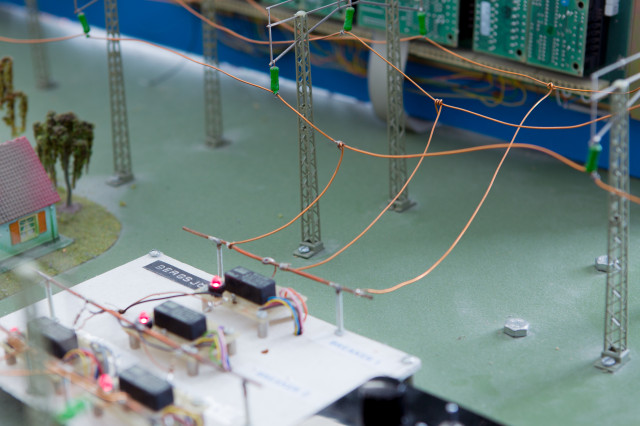The course gives a broad introduction to the principles of digital communication systems and summarises the underlying theory. The theories behind modulation, demodulation, detection, parameter estimation and information theory furthermore give a good basis for many different forms of information processing such as signal processing and machine learning. Problem formulation and analysis with mathematical models are an important part of the course.
Signals and modulation:
- linear signal spaces and Gram Schmidt-ortogonalization
- Nyquist theorem and the degrees of freedom of the signal with time and bandwidth limitations
- baseband signals, carrier modulation and digital modulation such as amplitude, frequency and phaseshift - (ASK, FSK, PSK) and quadrature amplitude modulation (QAM) and differential phaseshift modulation (DPSK)
- properties of stochastic processes as stationarity, ergodicity and power spectrum and properties of Gauss-processes and multivariate Gaussian distribution.
Optimal demodulation and detection for Gaussian channels:
- the receiver's signal space, sufficient statistics and matched filters and equivalent vector model for time continuous Gauss-channels
- hypothesis testing, maximum likelihood-decisions, maximum a-posteriori decisions, error probabilities and approximations.
Non-coherent communications and parameter estimation:
- important system parameters as delay, phase and frequency shift, optimal parameter estimation, modulation for non-coherent communications and optimal detection and composite hypothesis tests.
Information theory:
- information measures such as entropy, mutual information and source coding, models of communication channels, channel coding and the channel coding theorem.
Channel coding methods:
- properties of linear block codes and convolutional codes, soft and hard decoding with the Viterbi algorithm and error analysis of convolutional codes.
